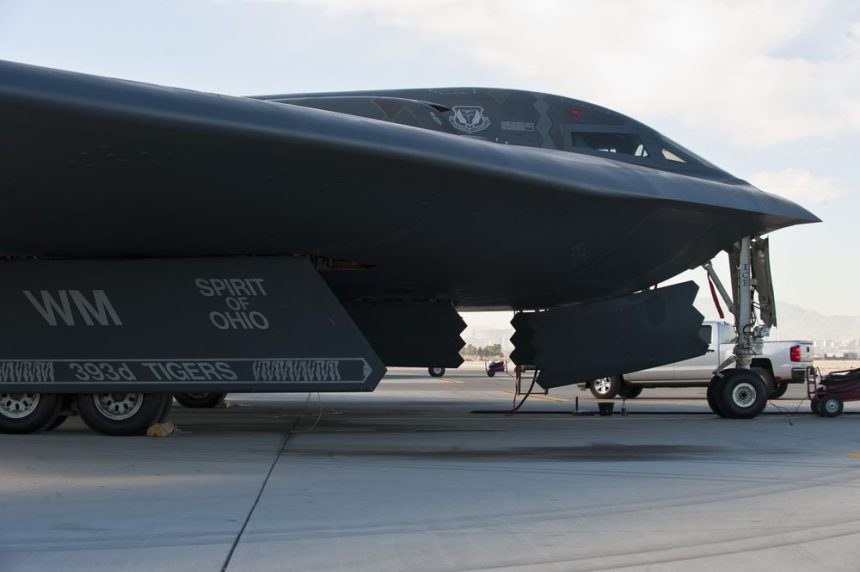Maintainers counter cyber threats for first time at Nellis’s Red Flag
“Train as you fight, fight as you train” has always been Red Flag‘s motto.
U.S. Air Force’s main exercise has to prepare aircrew and support personnel to fight modern war. In the air, on the ground, over the sea and in the cyberspace.
For the first time, the recent Red Flag 14-1 at Nellis Air Force Base featured a “contested, degraded or operationally limited” environment, or CDO, for maintainers, who were trained to cope with cyber vulnerabilities in the systems they use on the flightline.
Ground personnel are always using computers and brand new technologies that may be targeted by cyber attacks launched by tech-savvy adversaries: laptop used for aircraft maintainance and diagnosis, GPS systems, communication and network equipment are all high-value targets for enemy hacking teams. That’s why Red Flag maintainers receive academics on cyber vulnerabilities, information operations and other CDO-related threats.
Hence, along with “kinetic operations” conducted by fighter jets, attack planes and strategic bombers that must dominate a contested airspace or battlefield, a simulated “non-kinetic” war is fought by Red Flag participants to defend their critical systems from attacks coming from the cyberspace; attacks that may be as devastating as those using bullets, bombs and missiles.
Image credit: U.S. Air Force

















